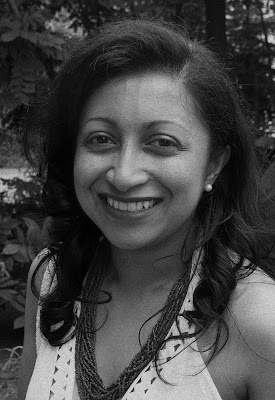Update 6th August 2009: Typos and clarification of assumed pixel size.
Just like 0-60mph times, the ability to take pictures of black cats down coal mines seems to be an overblown metric of the worth of a camera. For some photographers, this may be an essential quality of a camera but for the majority of situations, the image quality of any current DSLR at ISO800 or below is perfectly acceptable for most purposes. For printing at 100mmx150mm, even ISO3200 is typically unobjectionable. But once we have tasted the forbidden fruit, the desire and expectation for ever better performance is stoked. Hence one might ask what are the fundamental limits to low light imaging.
There are of course practical issues, namely to do with geometry and mass. I assume that we cannot build arbitrarily large lenses. An f/1.4 lens about the limit for fast affordable mainstream lenses (notwithstanding f/1.2, f/1 or even f/0.7 lenses). There is not much scope in any case to extend the light gathering properties of a lens; even if it were possible to fully enclose your subject within your imaging device you would only have a fixed amount of light to collect. Large lenses also weigh more, require greater precision in manufacture, and consequently cost significantly more than slower lenses.
Hence, the sensor is the place where significant gains can be made in allowing low-light photography. Fundamentally, the sensor samples the electromagnetic (EM) field at a spatio-temporal location. The objective is to be able to retrodict the value of the EM field from the output of the sensor. At very low-light levels, quantum features of the EM field emerge. We can describe it as being made up of quanta, or discrete packets of energy called photons. In fact, photography has always used this feature of light for its functioning. Film consists of tiny silver halide crystals which can absorb photons of certain frequencies. The absorption of a photos triggers the nucleation of a silver metal grain, which is then accelerated in the development process. In a digital camera, a photon is absorbed by a silicon diode, each photon interacts with the semiconductor and the energy is transformed into liberating an electron. This electron is collected in the pixel, the more photons absorbed the more charge which builds up. At the end of the exposure, this charge is measured and its magnitude correlated to the amount of light which was present at that pixel. Ideally, each photon arriving at the pixel would be absorbed producing one electron, and then each electron would be counted exactly.
Hence, the main bottlenecks to greater low-light sensitivity are quantum efficiency (the probability that a photon incident on the sensor ends up producing a photo-electron which is then stored in the photodiode), and read noise (the error in counting the number of collected photoelectrons). In principle, the quantum efficiency can be made close to 100% and the read noise can be made insignificant, i.e. we can count individual electrons with negligible error. Assuming this is the case, why can't we achieve arbitrarily "high ISO"? The problem lies with the quantum nature of the electromagnetic field. A conventional sensors tries to estimate the number of photons in the field, and a single measurement will give an integer number, i.e. 0, 1, 2,.... Even if the true average value of the field is, say 15.6 photons, a single measurement will give an answer of 16 or 15 most of the time, 17 and 14 less often, but in general the outcome will be random. Thus, from the actual measured result, we will have only an approximate estimation of the true value of the average photon number.
Noise in this case is given by the randomness in the estimation of the true photon number at each point of the picture. The signal to noise ratio determines the overall picture quality and this quantity varies as the square root of the average photon number. One can simulate various amounts of noise corresponding to the average photon number received at the sensor (corresponding to ISO) and determine an acceptable amount of noise for various pictorial uses. We show various cases below (click the thumbnails to view the full sized version).
 Max photon level 26.
Max photon level 26.
In all the above, the only noise comes from the quantum nature of the light. Looking at the full versions of the images, the 255 photon version would give a reasonable print, and the 153 photon version would be acceptable in a pinch. For extreme cases, even the last case would be recognisable.
Assuming a 6 micron pixel, the 255 photon maximum per pixel picture represents an ISO of approximately 75,000. Consequently an ISO128,000 for the 153 photon maximum per pixel and the last example shows an ISO of 750,000.
We have not considered other types of measurement, such as homodyne measurement. We could think of doing a measurement whose outcomes correspond not to photon number but to "coherent" states but whether this would provide higher sensitivity is not clear.



